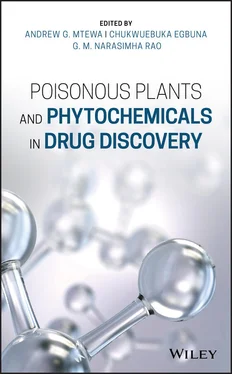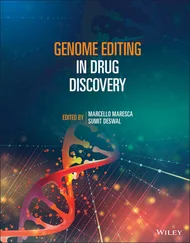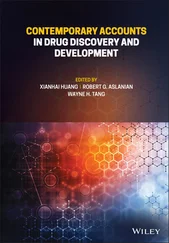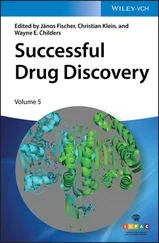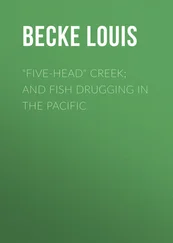16 16 Judson, R., Richard, A., Dix, D. et al. (2008). ACToR – aggregated computational toxicology resource. Toxicology and Applied Pharmacology 233 (1): 7–13.
17 17 Kupper, J., Waidyasekera, D., Schonenberger, W. et al. (2004). CliniTox: the computer‐based information system for poisoning in farm animals. DTW. Deutsche Tierarztliche Wochenschrift 111 (11): 433–438.
18 18 CliniTox. 2004). www.vetpharm.uzh.ch/perldocs/toxsyqry.htm(accessed 14 October 2019).
19 19 Günthardt, B.F., Hollender, J., Hungerbühler, K. et al. (2018). Comprehensive toxic plants – phytotoxins database and its application in assessing aquatic micropollution potential. Journal of Agricultural and Food Chemistry 66 (29): 7577–7588.
20 20 Schmidt, U., Struck, S., Gruening, B. et al. (2009). SuperToxic: a comprehensive database of toxic compounds. Nucleic Acids Research 37(Database issue): D295–D299.
21 21 European Food Safety Authority (2012). Compendium of botanicals reported to contain naturally occurring substances of possible concern for human health when used in food and food supplements. EFSA Journal 10 (5): 2663.
22 22 Banerjee, P., Erehman, J., Gohlke, B.O. et al. (2015). Super natural II – a database of natural products. Nucleic Acids Research 43(Database issue): D935–D939.
23 23 Nakamura, K., Shimura, N., Otabe, Y. et al. (2013). KNApSAcK‐3D: a three‐dimensional structure database of plant metabolites. Plant and Cell Physiology 54 (2): e4–e4.
24 24 Afendi, F.M., Okada, T., Yamazaki, M. et al. (2011). KNApSAcK family databases: integrated metabolite–plant species databases for multifaceted plant research. Plant and Cell Physiology 53 (2): e1–e1.
25 25 Takahashi, H., Hirai, A., Shojo, M. et al. (2011). Species metabolites relation database KNApSAcK and its multifaceted retrieval system, KNApSAcK family in general. In: Handbook of Applied Systems Toxicology (eds. D.A. Casciano and S.C. Sahu). 291‐298. Chichester, UK: Wiley.
26 26 Najberek, K., Pusz, W., Solarz, W., and Olejniczak, P. (2018). The seeds of success: release from fungal attack on seeds may influence the invasiveness of alien impatiens. Plant Ecology 219 (10): 1197–1207.
27 27 Oku, H. and Nakanishi, T. (1963). A toxic metabolite from Ascochyta fabae having antibiotic activity. Phytopathology 53 (10): 1321–1325.
28 28 Berestetskiĭ, O.A. and Borovkov, A.V. (1979). Phytotoxic metabolites of soil penicillia. Mikrobiologicheskiĭ Zhurnal 41: 291–302.
29 29 Duke, S.O., Dayan, F.E., Rimando, A.M. et al. (2002). Chemicals from nature for weed management. Weed Science 50 (2): 138–151.
Конец ознакомительного фрагмента.
Текст предоставлен ООО «ЛитРес».
Прочитайте эту книгу целиком, купив полную легальную версию на ЛитРес.
Безопасно оплатить книгу можно банковской картой Visa, MasterCard, Maestro, со счета мобильного телефона, с платежного терминала, в салоне МТС или Связной, через PayPal, WebMoney, Яндекс.Деньги, QIWI Кошелек, бонусными картами или другим удобным Вам способом.
